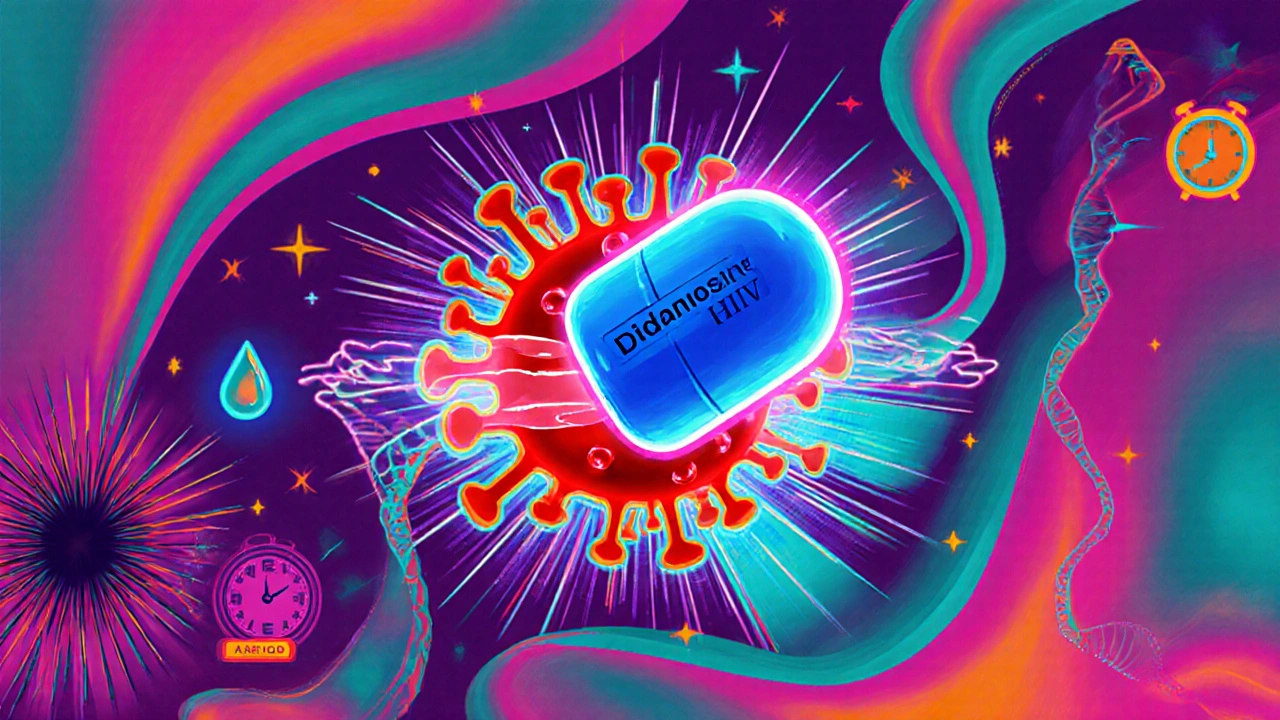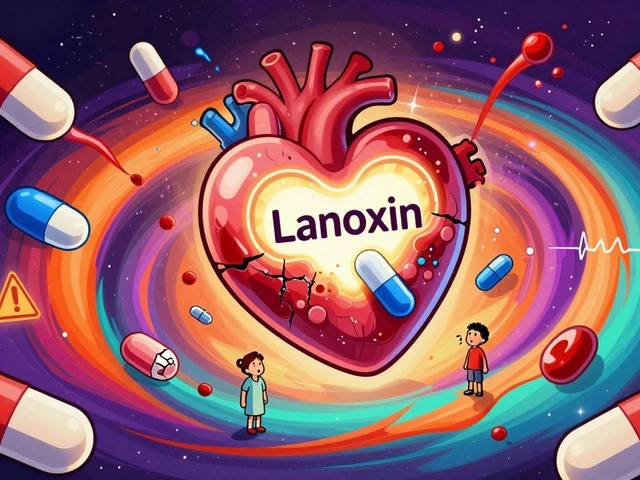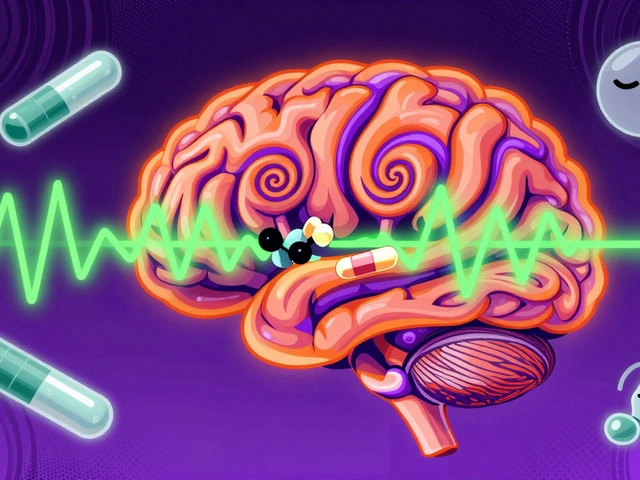HIV Side Effects – What to Expect and How to Manage
HIV side effects, unwanted physical or mental changes that occur when a person takes antiretroviral medication. Also known as ART adverse effects, it can range from mild nausea to serious metabolic issues. Antiretroviral therapy, the combination of drugs used to suppress HIV replication. Also called ART, it is the backbone of modern HIV care. Nucleoside reverse transcriptase inhibitors, a class of drugs that block the virus from copying its genetic material. Commonly abbreviated as NRTIs, they are often the first pills in a regimen. Protease inhibitors, medications that stop HIV from maturing into an infectious form. Known as PIs, they can bring extra metabolic challenges. Immune reconstitution inflammatory syndrome, a paradoxical reaction where the recovering immune system attacks existing infections. Referred to as IRIS, it illustrates how treatment itself can stir new problems. These five entities are tightly linked: HIV side effects encompass short‑term symptoms, long‑term metabolic shifts, and immune reactions. Managing them requires close monitoring, lifestyle tweaks, and sometimes medication changes. The more you know about the drugs behind the side effects, the easier it is to stay on track.
Key Areas to Watch
The most common short‑term symptoms show up in the first weeks of a new regimen. Nausea, headache, and fatigue appear in up to 30 % of patients starting NRTIs or PIs. These are usually mild and fade as the body adjusts. However, persistent gastrointestinal upset can signal dose‑related toxicity, and that’s a cue to talk to a clinician. Lipodystrophy – the redistribution of body fat – often emerges after several months on PIs, leading to a “cider‑apple” belly and thinning limbs. While not life‑threatening, the cosmetic effect can hurt self‑esteem and cause patients to skip doses.
Long‑term complications tend to involve metabolism and the heart. Certain NRTIs raise the risk of mitochondrial dysfunction, which may turn into peripheral neuropathy or lactic acidosis. Protease inhibitors are notorious for increasing cholesterol and triglyceride levels, setting the stage for cardiovascular disease. Screening labs every three to six months helps catch these shifts early. When labs flag a problem, doctors might switch to newer agents with a cleaner side‑effect profile, such as integrase strand transfer inhibitors, which tend to be gentler on lipids.
Drug interactions are another hidden driver of side‑effect severity. Over‑the‑counter meds, herbal supplements, and even some foods can boost or blunt the levels of ART drugs. For example, St. John’s wort can lower protease inhibitor concentrations, reducing their effectiveness and prompting viral rebound. Conversely, certain antibiotics can raise NRTI levels, heightening toxicity. Keeping an up‑to‑date medication list and using a reliable drug‑interaction checker can prevent these surprises.
Special populations need extra attention. Pregnant women, older adults, and people with kidney or liver disease metabolize drugs differently, which can amplify side effects. In pregnancy, some NRTIs are avoided because of fetal toxicity concerns, while integrase inhibitors are preferred for their safety record. Elderly patients often have slower clearance, so dose reductions or once‑daily formulations may be necessary. Tailoring therapy to the individual’s health status is the best way to keep side effects manageable.
Practical steps help turn knowledge into action. First, schedule regular follow‑up visits and lab tests; they’re the backbone of early detection. Second, adopt a balanced diet rich in fruits, vegetables, and lean protein – this counters weight changes and supports mitochondrial health. Third, stay active; moderate exercise improves lipid profiles and reduces fatigue. Finally, use a daily reminder app or pill box to maintain perfect adherence; missing doses often leads to viral rebound, which can magnify side‑effect intensity.
Armed with this overview, you’ll recognize the patterns behind each symptom and know when to intervene. Below you’ll find a curated set of articles that dig deeper into specific side effects, share patient stories, and offer step‑by‑step management guides. Use them as a toolbox to stay healthy, stay informed, and stay on your treatment plan.
Living with HIV: Real Stories of Using Didanosine in Treatment
Real-life stories of people living with HIV who use didanosine, covering side effects, monitoring, and practical tips for managing treatment.





